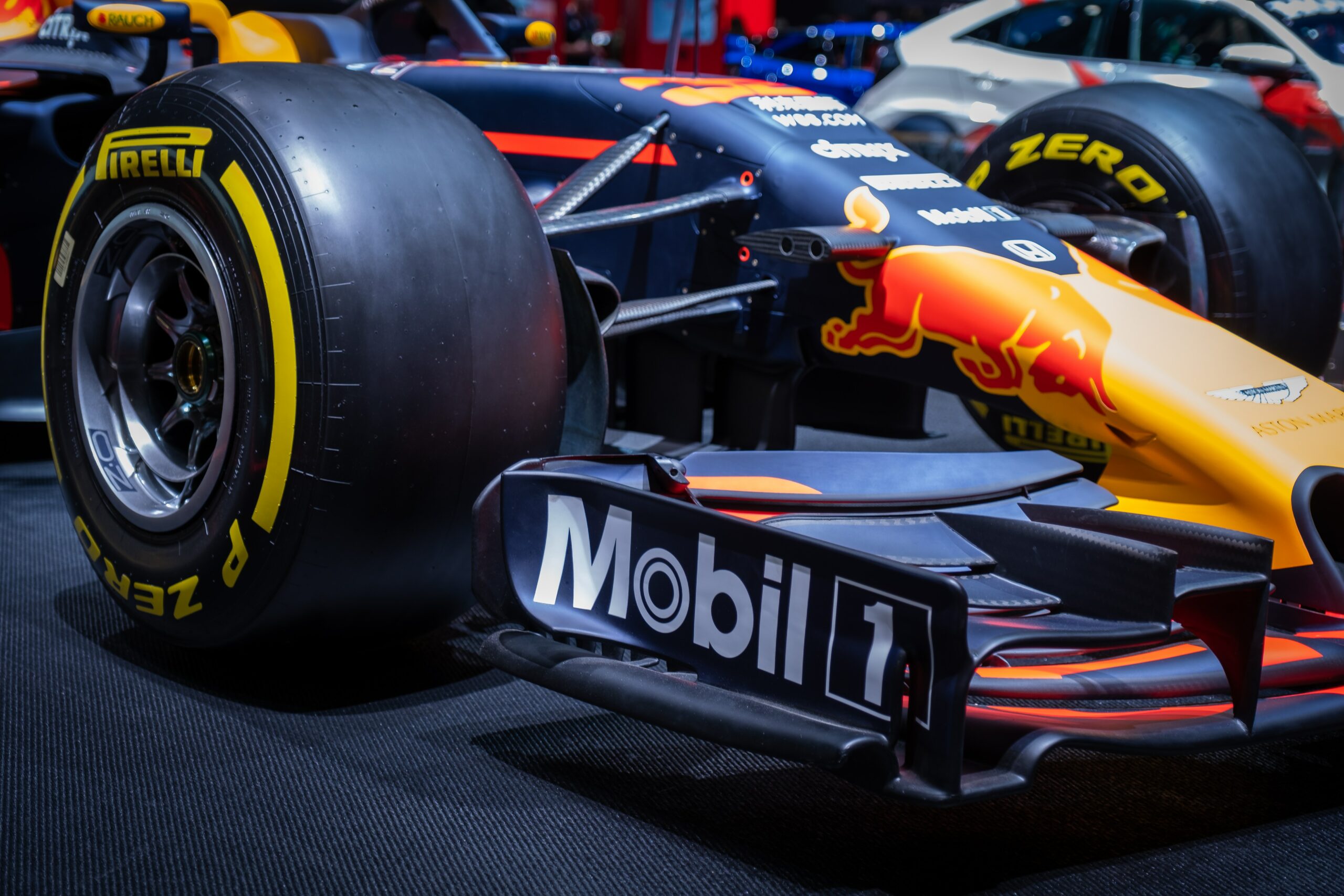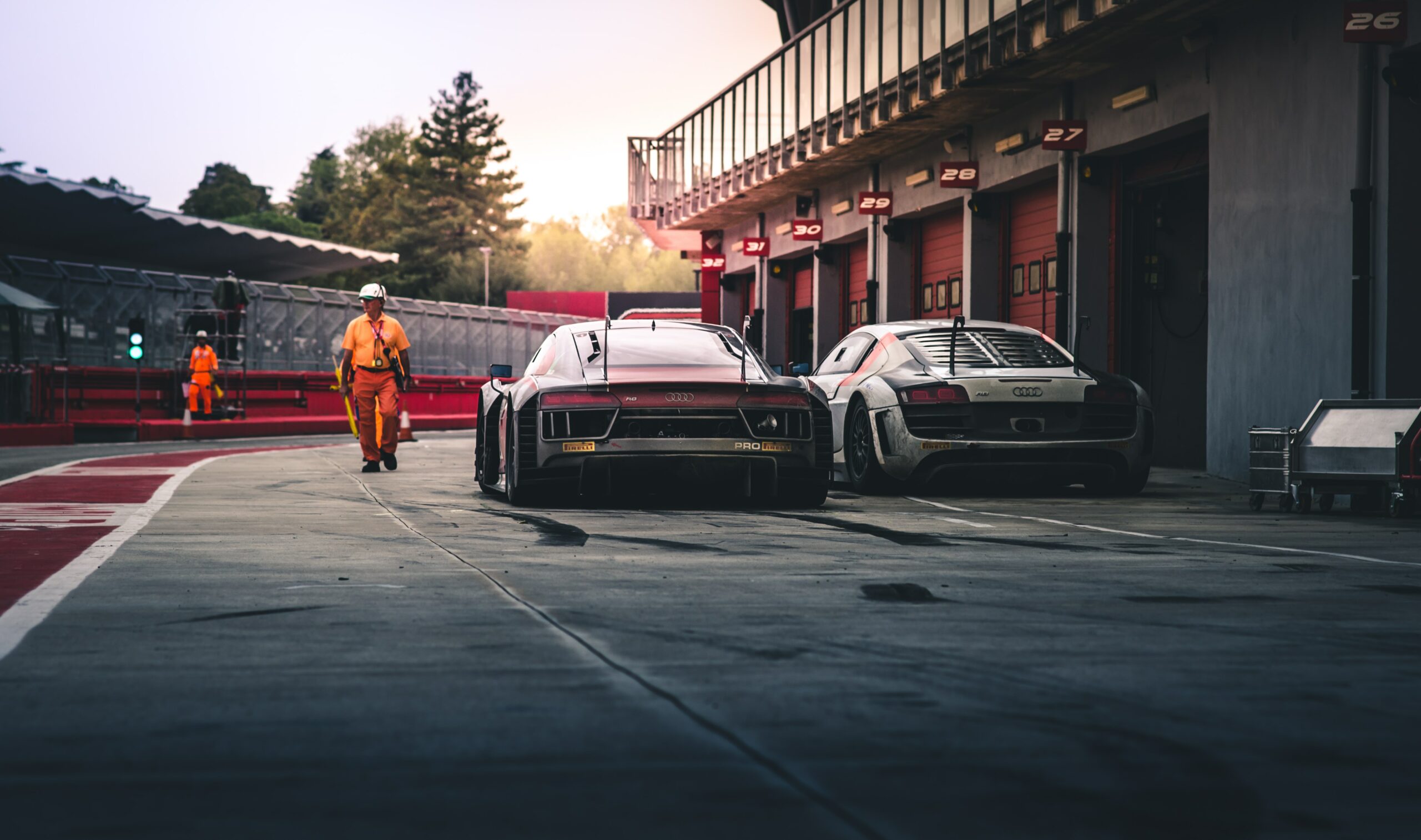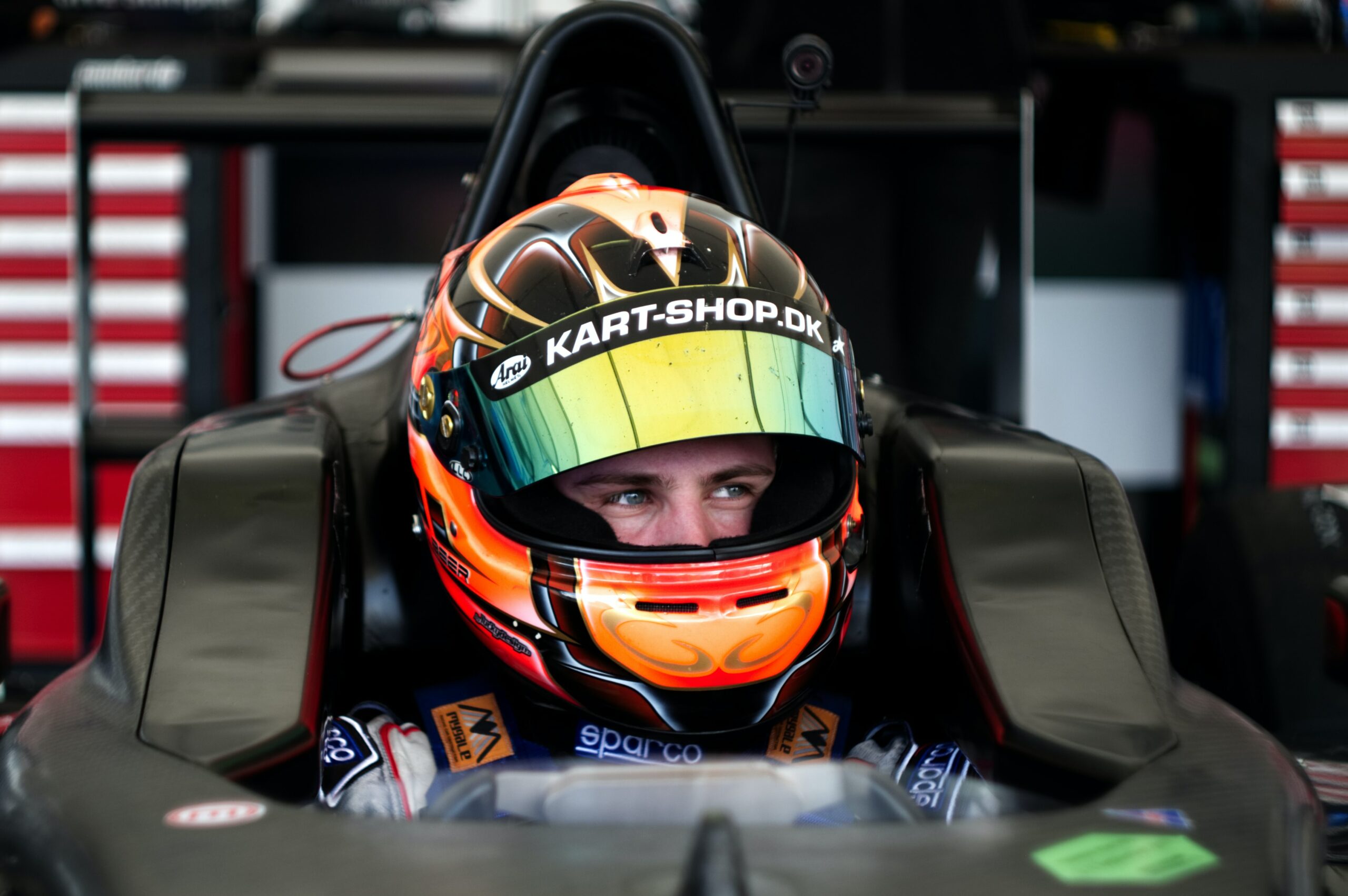The first races in history
In 1900 an event occurred which played a pivotal role in the world of motor racing. James Gordon Bennett Jr., owner of the New York Herald and Herald Tribune, established a car race in Europe for the Gordon Bennett Cup of his name. Each country was allowed to field up to three cars. The Gordon Bennett Cup race became an annual event, attracting competitors from all over the world. Following Gordon Bennett's example, the American millionaire William Kissam Vanderbilt II started the Vanderbilt Cup races in the USA. The first of these races was held in 1904 on Long Island, New York. These races so captivated Louis Chevrolet of Switzerland that he decided to quit his job at a French construction firm and move to the States. From 1901 he became the most famous competitor in American motor racing and designed a number of General Motors cars, later named after him.

First Grand Prix
...
In 1906 the Automobile Club of France (CAF) organised a race called the Grand Prix. It took place in June on the 105 km circuit of Le Mans. The 32 entrants in the event represented 12 different car makers. The Hungarian racing driver Ferenc Cees won here, with his Renault covering a distance of 1,260 km.
- praesentium quidem rem totam. Iste, officia accusamus? Autem
- iusto, dolore dolorum adipisci! Nihil, voluptatum, asperiores laudantium
- quasi minus vel hic. Aut soluta quis asperiores
Soon similar competitions were held in almost every country. It had no official championship status and went by different rules everywhere. What was common was that all drivers were accompanied by a mechanic. Only these mechanics and the drivers themselves were allowed to repair or tune the car. Interestingly, a key factor in Renault's success in such races was the use of detachable wheels, developed by Michelin. These could be changed without dismantling the car.




